![连续介质力学中的数学模型(第2版) [Mathematical Modeling in Continuum Mechanics]](https://pic.windowsfront.com/11593487/54a3b10aN1e0d03f4.jpg)

具体描述
内容简介
《连续介质力学中的数学模型(第2版)》是作者精心为广大读者朋友们编写而成的,可以让更多的读者朋友们从书中了解到更多的知识,从而提升读者朋友们自身的知识水平。让我们跟随作者的脚步来更好的阅读《连续介质力学中的数学模型(第2版)》中的内容。《连续介质力学中的数学模型(第2版)》可作为物理、力学专业高年级本科生及应用数学、物理学和工程类的研究生的教材和参考书。内页插图
目录
PrefaceA few words about notations
PART I FUNDAMENTAL CONCEPTS IN CONTINUUM MECHANICS
1 Describing the motion of a system: geometry and kinematics
1.1 Deformations
1.2 Motion and its observation (kinematics)
1.3 Description of the motion of a system: Eulerian and Lagrangian derivatives
1.4 Velocity field of a rigid body: helicoidal vector fields
1.5 Differentiation of a volume integral depending on a parameter
2 The fundamental law of dynamics
2.1 The concept of mass
2.2 Forces
2.3 The fundamental law of dynamics and its first consequences
2.4 Application to systems of material points and to rigid bodies
2.5 Galilean frames: the fundamental law of dynamics expressed in a non—Galilean frame
3 The Canchy stress tensor and the Piola—Kirchhoff tensor.Applications
3.1 Hypotheses on the cohesion forces
3.2 The Canchy stress tensor
3.3 General equations of motion
3.4 Symmetry of the stress tensor
3.5 The Piola—Kirchhoff tensor
4 Real and virtual powers
4.1 Study of a system of material points
4.2 General material systems: rigidifying velocities
4.3 Virtual power of the cohesion forces: the general case
4.4 Real power: the kinetic energy theorem
5 Deformation tensor, deformation rate tensor,constitutive laws
5.1 Further properties of deformations
5.2 The deformation rate tensor
5.3 Introduction to rheology: the constitutive laws
5.4 Appendix.Change of variable in a surface integral
6 Energy equations and shock equations
6.1 Heat and energy
6.2 Shocks and the Rankine——Hugoniot relations
PART Ⅱ PHYSICS OF FLUIDS
7 General properties of Newtonian fluids
7.1 General equations of fluid mechanics
7.2 Statics of fluids
7.3 Remark on the energy of a fluid
8 Flows of inviscid fluids
8.1 General theorems
8.2 Plane h'rotational flows
8.3 Transsonic flows
8.4 Linear accoustics
9 Viscous fluids and thermohydraulics
9.1 Equations of viscous incompressible fluids
9.2 Simple flows of viscous incompressible fluids
9.3 Thermohydranlics
9.4 Equations in nondimensional form: similarities
9.5 Notions of stability and turbulence
9.6 Notion of boundary layer
10 Magnetohydrodynamics and inertial confinement of plasmas
10.1 The Maxwell equations and electromagnetism
10.2 Magnetohydrodynamics
10.3 The Tokamak machine
11 Combustion
11.1 Equations for mixtures of fluids
11.2 Equations of chemical kinetics
11.3 The equations of combustion
11.4 Stefan—Maxwell equations
11.5 A simplified problem: the two—species model
12 Equations of the atmosphere and of the ocean
12.1 Preliminaries
12.2 Primitive equations of the atmosphere
12.3 Primitive equations of the ocean
12.4 Chemistry of the atmosphere and the ocean Appendix.The differential operators in spherical coordinates
PART Ⅲ SOLID MECHANICS
13 The general equations of linear elasticity
13.1 Back to the stress—strain law of linear elasticity: the elasticity coefficients of a material
13.2 Boundary value problems in linear elasticity: the linearization principle
13.3 Other equations
13.4 The limit of elasticity criteria
14 Classical problems of elastostatics
14.1 Longitudinal traction——compression of a cylindrical bar
14.2 Uniform compression of an arbitrary body
14.3 Equilibrium of a spherical container subjected to external and internal pressures
14.4 Deformation of a vertical cylindrical body under the action of its weight
14.5 Simple bending of a cylindrical beam
14.6 Torsion of cylindrical shafts
14.7 The Saint—Venant principle
15 Energy theorems, duality, and variational formulations
15.1 Elastic energy of a material
15.2 Duality—generalization
15.3 The energy theorems
15.4 Variational formulations
15.5 Virtual power theorem and variational formulations
16 Introduction to nonlinear constitutive laws and to homogenization
16.1 Nonlinear constitutive laws (nonlinear elasticity)
16.2 Nonlinear elasticity with a threshold(Henky's elastoplastic model)
16.3 Nonconvex energy functions
16.4 Composite materials: the problem of homogenization
17 Nonlinear elasticity and an application to biomechanics
17.1 The equations of nonlinear elasticity
17.2 Boundary conditions—boundary value problems
17.3 Hyperelastic materials
17.4 Hyperelastic materials in biomechanics
PART Ⅳ INTRODUCTION TO WAVE PHENOMENA
18 Linear wave equations in mechanics
18.1 Returning to the equations of linear acoustics and of linear elasticity
18.2 Solution of the one—dimensional wave equation
18.3 Normal modes
18.4 Solution of the wave equation
18.5 Superposition of waves, beats, and packets of waves
19 The soliton equation: the Korteweg—de Vries equation
19.1 Water—wave equations
19.2 Simplified form of the water—wave equations
19.3 The Korteweg—de Vries equation
19.4 The soliton solutions of the KdV equation
20 The nonlinear Schrodinger equation
20.1 Maxwell equations for polarized media
20.2 Equations of the electric field: the linear case
20.3 General case
20.4 The nonlinear Schrodinger equation
20.5 Soliton solutions of the NLS equation
Appendix.The partial differential equations of mechanics
Hints for the exercises
References
Index
前言/序言
用户评价
这本书简直是我在 Continuum Mechanics 领域的一次意外惊喜!作为一名正在攻读理论物理博士的学生,我一直在寻找一本能够深入浅出地讲解数学工具如何在描述连续介质行为中发挥核心作用的教材。很多现有的书籍要么过于侧重物理直觉而忽略了数学的严谨性,要么就一味地堆砌公式,让人望而却步。《连续介质力学中的数学模型(第2版)》在这一点上做得非常出色,它以一种非常系统的方式,将微分几何、张量分析、偏微分方程等抽象的数学概念,与流体力学、固体力学等具体的物理应用巧妙地结合起来。作者在解释每个数学概念时,都会非常清晰地阐述其物理意义,以及它如何帮助我们理解和预测介质的变形、流动和应力分布。比如,在讲解张量代数时,书中不仅仅是列出了各种运算规则,而是通过生动的例子,例如应力张量如何描述内力,以及形变张量如何刻画材料的变形,让我对这些抽象的数学对象有了更直观的认识。这种“数学服务于物理”的理念贯穿全书,使得学习过程既富有挑战性又不至于令人沮丧。我特别喜欢书中关于边界条件和初值问题的讨论,这对于解决实际物理问题至关重要。书中提供的习题也很有深度,能够很好地巩固所学知识。总而言之,这是一本能让读者真正理解 Continuum Mechanics 的“数学之美”和“物理之用”的宝藏。
评分我是一名在航空航天领域从事研发的工程师,之前在处理复杂材料的形变和流体动力学问题时,常常感到在理论层面存在一些“盲点”。《连续介质力学中的数学模型(第2版)》正好弥补了这一遗憾。这本书的语言风格非常严谨且具有逻辑性,虽然篇幅不小,但阅读起来却相当流畅,因为它始终围绕着“模型”这一核心概念展开。作者在介绍各种力学模型时,非常注重其数学基础的构建,从最基本的概念出发,逐步引申到更复杂的数学工具和理论。我尤其欣赏书中对能量守恒、动量守恒等基本物理原理的数学表述,以及如何基于这些原理推导出宏观的本构关系。例如,在讲解弹性力学时,书中清晰地展示了如何从微观的原子键合模型过渡到宏观的线弹性本构方程,这个过程的数学推导非常严谨,并且解释了为什么特定的数学形式能够有效地描述材料的行为。书中也深入探讨了不可压缩性、粘性等概念的数学表达,这对于我进行CFD(计算流体动力学)分析非常有帮助。虽然我平时主要使用数值方法,但对这些底层数学模型的深入理解,无疑能帮助我更准确地选择和应用数值方法,以及在结果出现异常时找到问题的根源。这本书的深度和广度都令人印象深刻,为我解决实际工程问题提供了坚实的理论支撑。
评分作为一名对物理学抱有浓厚兴趣的业余爱好者,我一直渴望能有一本书,能够带我走进连续介质力学这个相对高深的领域,但又不至于让我因为数学上的障碍而半途而废。《连续介质力学中的数学模型(第2版)》无疑是实现这一目标的一本极佳读物。尽管我没有深厚的数学背景,但作者非常巧妙地在讲解物理概念的同时,引入并解释了必要的数学工具。书中并没有假设读者对所有的高等数学都了如指掌,而是循序渐进地引导读者理解。例如,在介绍张量时,作者会用通俗易懂的比喻来解释其几何意义,然后才给出精确的定义和运算。而且,书中大量运用了图示和示意图,帮助直观理解抽象的数学概念和物理过程。我特别喜欢书中对“形变”和“流”的描述,以及这些现象如何用偏导数和积分来量化。读这本书让我感觉像是在探索一个全新的世界,那些之前觉得神秘莫测的数学公式,在结合了物理场景后,变得生动起来,充满了逻辑和美感。它让我看到了数学语言在描述自然现象中的强大力量。虽然有些地方我需要反复阅读和思考,但总体来说,这本书的叙述方式非常鼓励读者主动去探索和理解,而不是被动接受。
评分这本书在我的研究生涯中扮演了至关重要的角色。我是一名研究非线性动力学方向的研究生,经常需要处理一些具有复杂非线性行为的材料和系统。《连续介质力学中的数学模型(第2版)》为我提供了一个非常扎实的数学框架,让我能够深入理解和分析这些现象。书中对非线性本构关系的构建,以及如何通过数学模型来捕捉材料的塑性、损伤等行为,给了我极大的启发。作者在讨论非线性问题时,并没有回避其内在的数学复杂性,而是以一种非常有条理的方式,逐步引导读者理解微分方程组的求解、稳定性分析等关键技术。我尤其欣赏书中关于“连续介质近似”的讨论,它清晰地阐述了在何种条件下,将微观粒子系统视为连续介质是合理的,以及这个近似带来的数学上的便利和物理上的局限性。书中关于粘弹性、塑性以及更复杂的材料模型,其数学描述都非常详尽,并且给出了相应的解析解或数值方法的思路。这本书不仅仅是一本教材,更像是一本工具书,我经常在遇到具体问题时翻阅其中的相关章节,都能从中获得宝贵的思路和方法。它极大地提升了我对复杂力学问题的建模和分析能力。
评分老实说,我最初拿到这本书时,对“连续介质力学”这个领域并没有太多的概念,只是因为一些研究课题的需要,被建议阅读一下。然而,当我翻开《连续介质力学中的数学模型(第2版)》时,我被它独特的视角和严谨的论证深深吸引了。这本书的写作风格非常独特,它不是那种教科书式的死板叙述,而是更像一位经验丰富的导师,在耐心细致地引导你走进这个领域。作者非常擅长将抽象的数学概念与具体的物理现象联系起来,例如,在讲解守恒定律时,他会从物质导数和散度定理出发,清晰地展示能量、动量如何在介质中传递和守恒。书中对边界层理论、激波等复杂现象的数学描述,虽然需要一定的数学基础,但作者的解释清晰且富有启发性,能够帮助读者逐步理解其背后的数学原理。我特别欣赏书中关于“正则化”和“奇异摄动”等概念的介绍,这对于理解某些物理现象的数学本质非常有帮助。这本书让我对“模型”的意义有了更深的认识,它不仅仅是公式的堆砌,更是对物理世界的一种抽象和概括,而数学则是实现这种抽象和概括的强大工具。这本书的内容深度和理论严谨性都非常高,对于任何想要深入理解连续介质力学的人来说,都是一本不可多得的佳作。
评分怎么有那么多的教材要读啊,我要疯啦,疯了也要读呀。
评分没来得及看
评分做活动买的 很划算 不错
评分连续介质力学中的数学模型(第2版)bucuo
评分非常好的一本书,真的不错。
评分连续介质力学中的数学模型(第2版)
评分没来得及看
评分是正版书,价格也蛮实惠
评分五周年活动给力,折上还有折扣,专业书籍
相关图书
本站所有内容均为互联网搜索引擎提供的公开搜索信息,本站不存储任何数据与内容,任何内容与数据均与本站无关,如有需要请联系相关搜索引擎包括但不限于百度,google,bing,sogou 等
© 2025 book.coffeedeals.club All Rights Reserved. 静流书站 版权所有



![非参数统计:基于R语言案例分析 [Non-Parameter Statistics Based on the Case Analysis with R Language] pdf epub mobi 电子书 下载](https://pic.windowsfront.com/11658072/551bc041N1e131050.jpg)
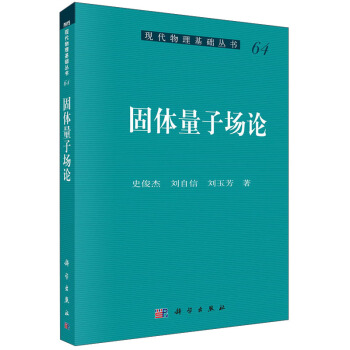


![548个来自美苏的数学好问题 [548 Good and Foimet Souiet Union Mathematical Pioblems fiom the USA] pdf epub mobi 电子书 下载](https://pic.windowsfront.com/11685511/555e8c33Ne69b6dae.jpg)

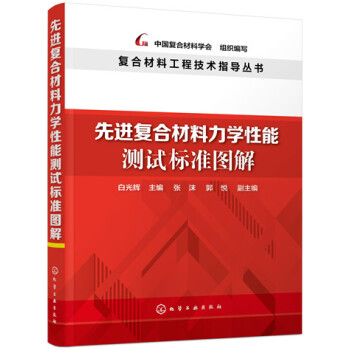
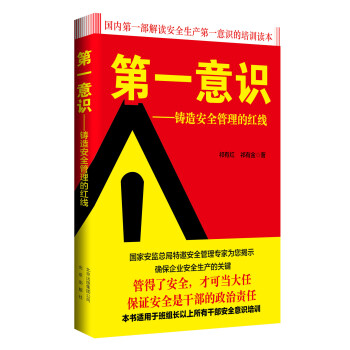

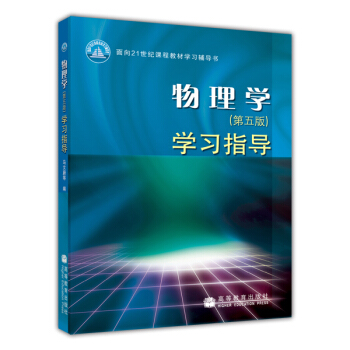

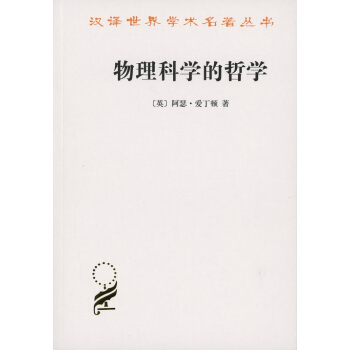
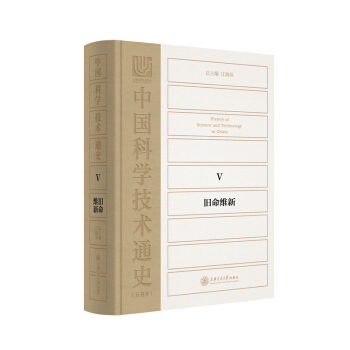
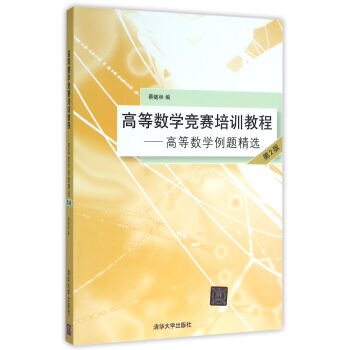
![世界主要国立科研机构管理模式研究 [A Study on Management Models of World's Major National Research Institutions] pdf epub mobi 电子书 下载](https://pic.windowsfront.com/11918294/573300e5N23466dc4.jpg)
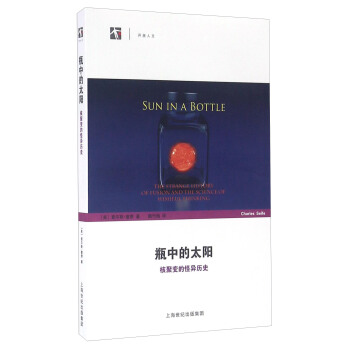
![凸优化算法 [Convex Optimization Algorithms] pdf epub mobi 电子书 下载](https://pic.windowsfront.com/11944450/574c196cN5b70442a.jpg)
